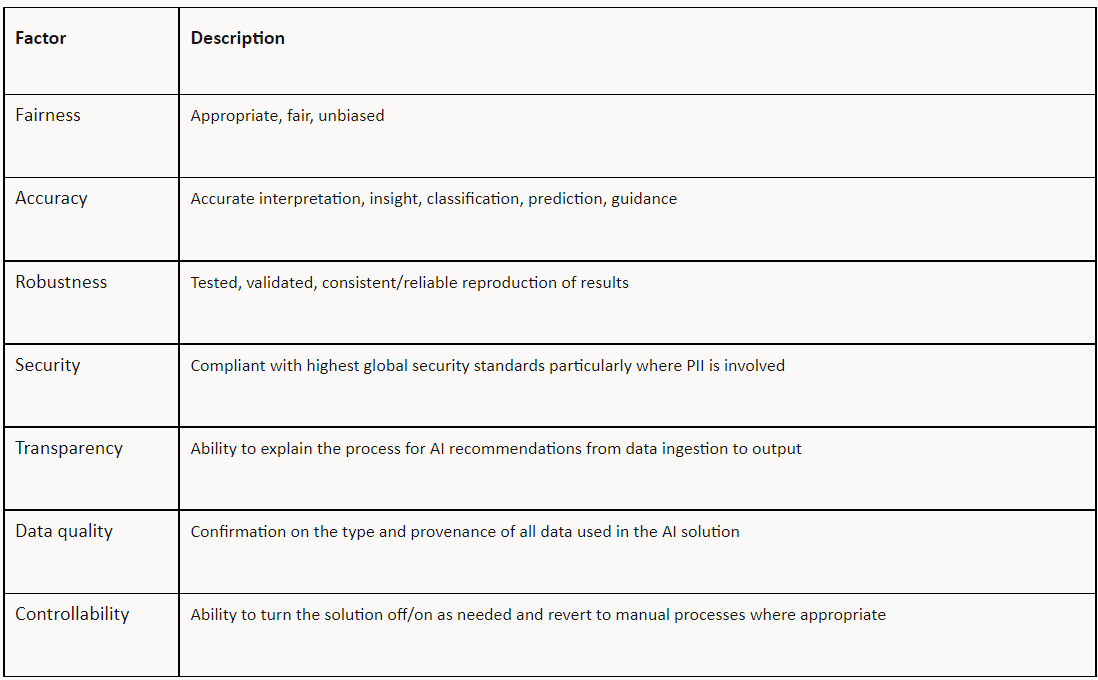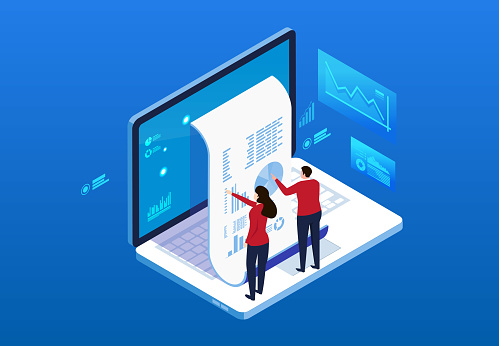
The use and significance of digital credentials have grown over the past few years. Many experts have dozens of awards, especially in the Information Technology (IT) sector or business.
However, digital credentials are not consistent, just like the people who earn them. Some represent academic success. Others require passing an exam. Additional examples show experience adding value to an organization.
Two main certifications hold digital credentials in the field of data science. These have equivalents in similarly technological professions, such as IT architecture.
Product certification comes first. These are given by large software and cloud providers (also known as “hyperscalers”) to candidates who pass a test and show they have a strong knowledge of data science, and more specifically, machine learning, in the context of their provider’s application(s) or technical stack. The hiring company can be satisfied that the candidate understands the product(s) and terminology they will be working with and has received training in the basics of data science and/or machine learning.
These should not be confused with the second kind, which is a professional certification that’s also a system. The Certified, Master, and Distinguished Data Scientist certifications, are awarded at three different levels and demonstrate not only the acquisition and maintenance of knowledge through education but also the application of skills and a methodology to produce business outcomes. A candidate can show a potential employer that he or she has real-world experience at a certain level through the achievement of one or more of these certifications, not just in terms of technical expertise but also in terms of business acumen and dealing with team members and stakeholders.
The question, “Which type is more significant? But doing that is similar to picking a favorite child and is therefore wrong. Instead, there is little overlap between the two types but significant value when they are combined.
Think of a scenario that is both realistic and fictional. A position on a data science team calls for mid-career experience in a particular cloud environment. By seeking a combination of Open Certified Master Data Scientists and the appropriate “hyper-scale” data science or machine learning certification, the hiring team or manager can locate fully qualified experts very rapidly. The candidates will be able to successfully execute a data science methodology and deliver solutions in a professional setting, in addition to understanding the technologies with which they will be expected to work. The professional could continue to have a “hyper-scale” certification while moving up the corporate ladder and becoming an Open Certified Distinguished Data Scientist.
Data science is a team sport, so it’s important to keep in mind that a strong team will also include data analysts, engineers, and architects in addition to data scientists. The same strategy for obtaining all necessary credentials also applies to them.
The smooth and proper implementation of the chosen technique inside the preferred infrastructure is ensured by assembling a team of highly credentialed data science professionals. This objectively shows organizational excellence to draw in more talent and/or customers.
Here at CourseMonster, we know how hard it may be to find the right time and funds for training. We provide effective training programs that enable you to select the training option that best meets the demands of your company.
For more information, please get in touch with one of our course advisers today or contact us at training@coursemonster.com











